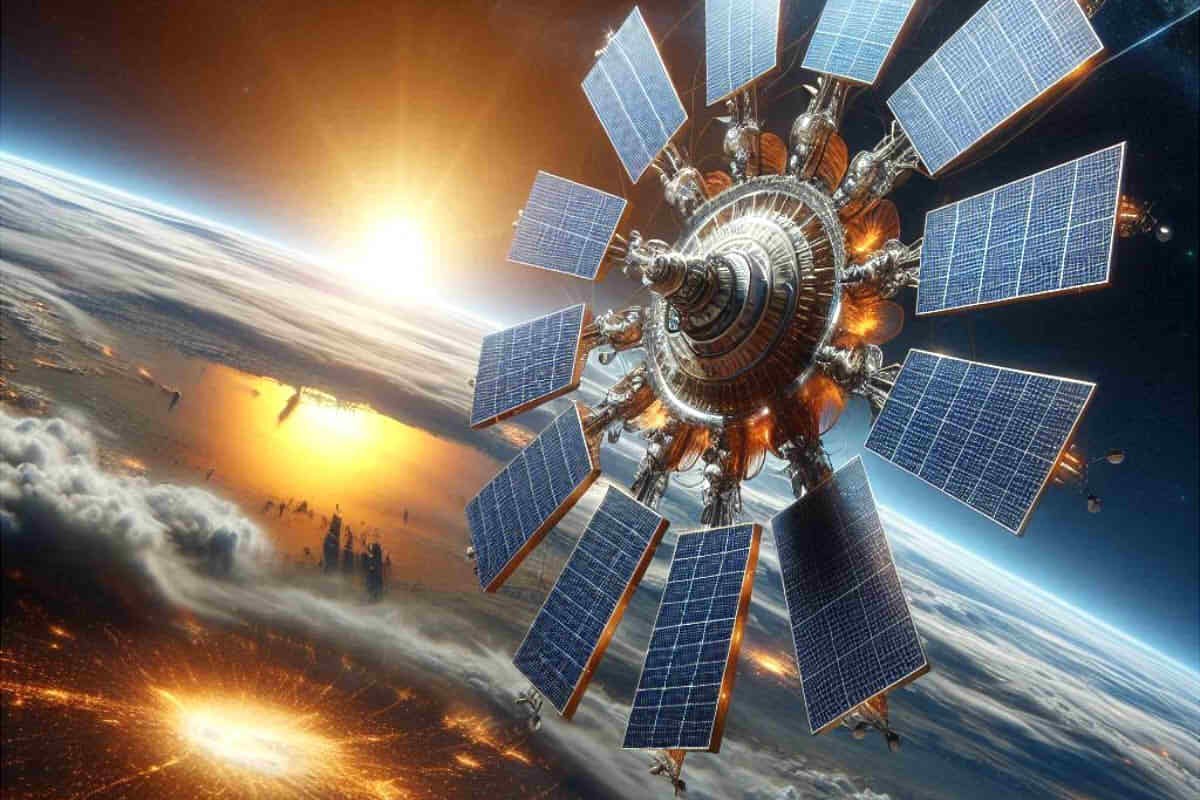Imagine a place where the sun never sets, where clouds don’t obscure the sky, and where the sun’s rays are more intense than anything we experience on Earth. This place isn’t science fiction—it’s outer space, a frontier that could hold the key to revolutionizing how we generate and utilize solar energy.
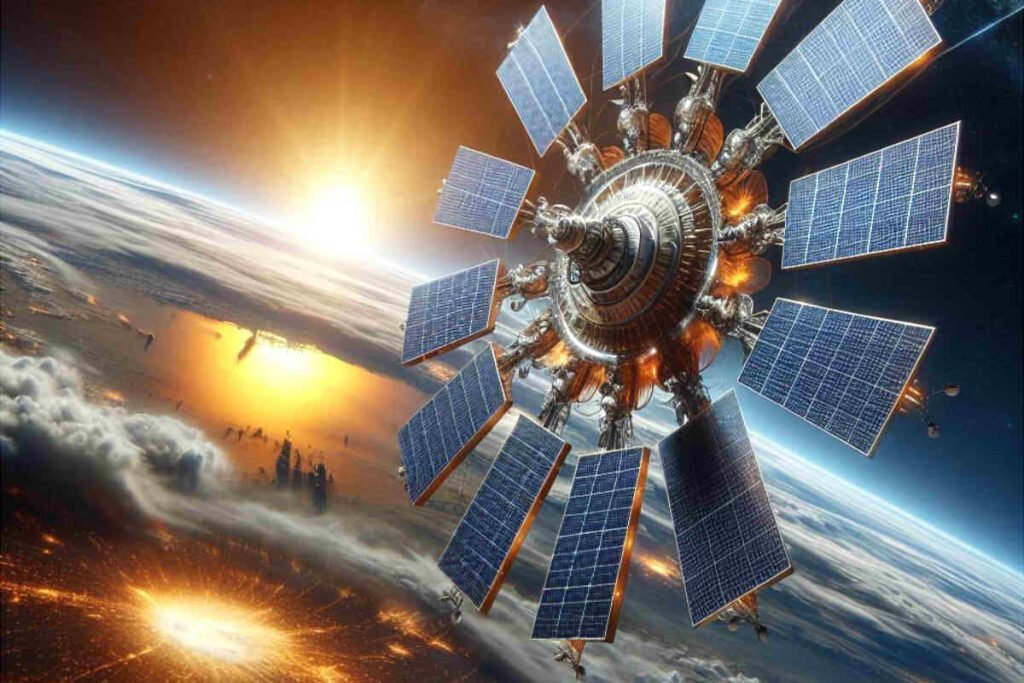
As the world races towards renewable energy solutions, solar power has emerged as a key player in the quest for a sustainable future. On Earth, solar panels dot rooftops and fields, converting sunlight into electricity that powers our homes, businesses, and technologies. But what if we could take solar power beyond our planet’s boundaries—into space? Now, let’s explore whether solar power in space could be more effective.
Table of Contents
- Principles of Solar Panel Power Generation
- Advantages of Solar Power Generation in Space
- Actual Installations that Have Used Solar Power in Space
- Challenges and Countermeasures for Solar Power Generation in Space
- The Future of Solar Power in Space
- Conclusion: Would Solar Power in Space Be More Effective?
Principles of Solar Panel Power Generation
How Solar Panels Work
At the heart of solar power generation is the photovoltaic (PV) cell, a technology that converts sunlight directly into electricity. When sunlight hits the PV cell, it excites electrons within the material—usually silicon—causing them to move and create an electric current. This process, known as the photovoltaic effect, is what enables solar panels to produce electricity from sunlight.
PV cells are connected to form a solar panel, and multiple panels can be linked together to form a solar array. The electricity generated is in the form of direct current (DC), which can be used directly in certain applications. Or it can be converted to alternating current (AC) and transmitted to the grid via әуе кабельдері or underground cables for domestic and industrial use.
Types of Solar Panels
There are several types of solar panels, each with its own characteristics and efficiencies:
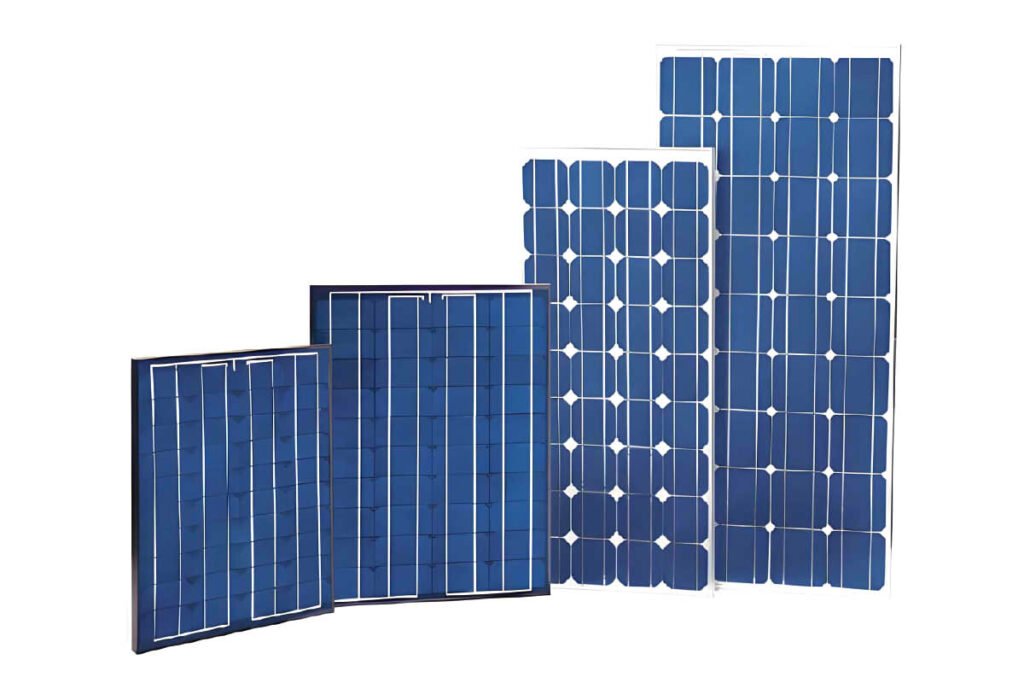
- Monocrystalline Panels: Made from a single, pure crystal structure, these panels are known for their high efficiency and long lifespan. They are often more expensive but offer better performance, especially in low-light conditions.
- Polycrystalline Panels: These panels are made from multiple silicon crystals and are generally less efficient than monocrystalline panels. Дегенмен, they are more affordable and still provide reliable performance.
- Thin-Film Panels: Created by depositing one or more thin layers of photovoltaic material onto a substrate, thin-film panels are lightweight and flexible. They have lower efficiency compared to crystalline panels but can be used in a wider range of applications due to their versatility.
Each type of solar panel has its place in the solar energy market, with the choice often depending on specific project requirements, budget, and space availability.
Advantages of Solar Power Generation in Space
While solar panels are highly effective on Earth, they face limitations due to the planet’s atmosphere. In space, дегенмен, solar panels could operate in an environment free from these atmospheric interferences. This means that solar power generation in space has the potential to be far more efficient and reliable than on Earth.
Constant Exposure to Sunlight
One of the most significant advantages of generating solar power in space is the potential for constant exposure to sunlight. Unlike on Earth, where the day-night cycle limits solar power generation to daylight hours, certain orbits in space offer nearly uninterrupted access to the sun’s rays. Geostationary and polar orbits, for example, can provide continuous sunlight, especially when positioned correctly. This means that solar panels in space could operate around the clock, delivering a steady and reliable source of energy without the interruptions caused by nightfall or seasonal changes.
Қосымша, space-based solar installations are not affected by weather conditions. Clouds, rain, and snow, which can significantly reduce the effectiveness of solar panels on Earth, are non-existent in space. This ensures that the solar panels can work at their full capacity, maximizing energy production.

Higher Solar Radiation
The absence of an atmosphere in space presents another major advantage: higher solar radiation. On Earth, the atmosphere absorbs and scatters some of the sunlight before it reaches the surface, reducing the amount of energy available for solar panels to capture. In space, дегенмен, this is not an issue. Solar panels positioned outside the Earth’s atmosphere receive the full intensity of solar radiation, which is approximately 55% higher than what reaches the Earth’s surface.
This increase in solar energy availability means that solar panels in space can generate more electricity from the same surface area compared to their terrestrial counterparts. This higher efficiency is a key factor in making space-based solar power an attractive option for future energy solutions.
Potential for Larger Installations
Space offers virtually unlimited real estate for solar power installations, unbounded by the land constraints that limit large-scale solar farms on Earth. On our planet, finding suitable locations for expansive solar arrays can be challenging due to competing land uses, geographical limitations, and environmental concerns. In space, these issues are nonexistent.
Large-scale solar farms could be constructed in space, taking advantage of the vast expanses and optimal positioning to maximize energy collection. These installations could be designed to harness solar energy on a scale that would be impossible on Earth, potentially supplying vast amounts of power for various uses, including beaming energy back to Earth or powering future space missions and habitats.
Actual Installations that Have Used Solar Power in Space
International Space Station (ISS)
One of the most prominent examples of solar power being used in space is the International Space Station (ISS). The ISS is equipped with large solar arrays that power almost all of its systems. These arrays, spanning over 2,500 square meters, are designed to capture sunlight and convert it into electricity, which is then stored in batteries for use during periods when the station is in the Earth’s shadow.
The ISS’s solar panels are some of the most advanced ever built, using high-efficiency photovoltaic cells to maximize energy generation. These panels are also designed to be highly durable, with the ability to withstand the harsh conditions of space, including extreme temperatures and radiation exposure. The success of the ISS’s solar power system demonstrates the feasibility of using solar energy for long-term missions in space.
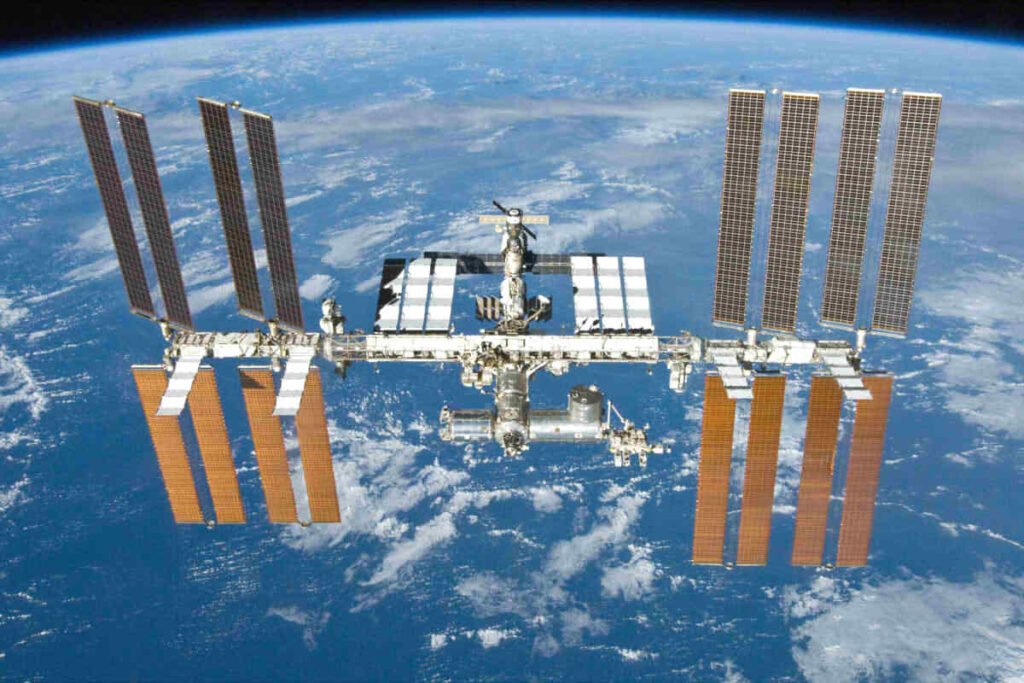
Satellites
Solar power has been a staple in powering satellites for decades. From communication satellites to scientific probes, solar panels provide a reliable and efficient source of energy for these critical space-based technologies. Satellites are often equipped with solar panels that extend from their bodies, collecting sunlight and converting it into electricity to power onboard instruments, communication systems, and propulsion mechanisms.
Мысалы, the Hubble Space Telescope, which has been orbiting Earth since 1990, relies on solar panels to operate its sophisticated imaging systems. Similarly, the Mars rovers, though not in space, use solar power to sustain their missions on the Martian surface. The use of solar panels on satellites and other space missions highlights the versatility and effectiveness of solar energy in space, where traditional power sources like fossil fuels are unlikely to be a more permanent solution.

Proposed Space-Based Solar Power Stations
While the ISS and satellites showcase the current use of solar power in space, there are ambitious proposals for even larger installations: space-based solar power stations (SBSP). These stations would be positioned in orbit around Earth and equipped with vast arrays of solar panels, far larger than anything currently in use. The idea is to capture solar energy in space, where it is more abundant and uninterrupted, and then transmit that energy back to Earth via microwaves or laser beams.
Several space agencies and private companies are exploring the potential of SBSP, recognizing its ability to provide a continuous and renewable source of energy that could significantly reduce reliance on fossil fuels. Although still in the conceptual and experimental stages, these projects represent a significant step towards harnessing space-based solar power on a large scale.
Some notable proposals include Japan’s Space Solar Power System (SSPS) and projects by organizations like NASA and the European Space Agency (ESA). These projects envision massive solar arrays, potentially kilometers wide, capturing sunlight in space and transmitting energy to Earth-based receivers. While challenges remain, such as the cost of deployment and energy transmission efficiency, these projects could pave the way for the future of solar power in space.
Challenges and Countermeasures for Solar Power Generation in Space
Harsh Environmental Conditions
Space poses several harsh environmental challenges for solar power generation that must be addressed to ensure the longevity and efficiency of solar installations.
- Radiation Exposure: Solar panels in space are subjected to intense cosmic radiation, including high-energy particles from the sun and other sources. This radiation can degrade photovoltaic cells over time, reducing their efficiency and lifespan. To combat this, engineers are developing advanced shielding materials and coatings to protect solar panels from radiation without compromising their performance. Қосымша, using radiation-resistant materials in the construction of solar panels is crucial for ensuring their durability in the space environment.
- Temperature Extremes: In space, solar panels must endure extreme temperature fluctuations, ranging from the searing heat of direct sunlight to the freezing cold of shadowed areas. These temperature swings can cause thermal stress, leading to material fatigue and potential failure. To address this, solar panels are designed with materials that can withstand wide temperature ranges. Thermal control systems, such as radiators and heat pipes, are also employed to manage the temperature and prevent overheating or excessive cooling of the panels.
- Specialized Cables for Power Transfer: Within space installations, the transmission of power from solar arrays to other components requires specialized solar cables. These cables must be designed to endure the harsh conditions of space, including exposure to radiation, extreme temperatures, and the vacuum environment. The cables must also be lightweight yet durable, ensuring reliable electrical conductivity over long periods. Advances in materials science are helping to develop these specialized cables, which are critical for the success and longevity of space-based solar power systems.
Energy Transmission to Earth
Transmitting the energy generated in space back to Earth presents a significant technological challenge, requiring innovative solutions to make space-based solar power feasible on a large scale.
- Wireless Power Transmission: The most promising method for transferring energy from space to Earth is wireless power transmission. This involves converting the electricity generated by solar panels into microwaves or laser beams, which are then directed toward receiving stations on Earth. At these stations, the energy is converted back into electricity and fed into the grid. While microwave transmission is relatively advanced and efficient, challenges include maintaining beam accuracy over long distances and minimizing energy loss during transmission. Laser transmission, though offering higher energy density, faces challenges such as atmospheric interference and the need for precise targeting.
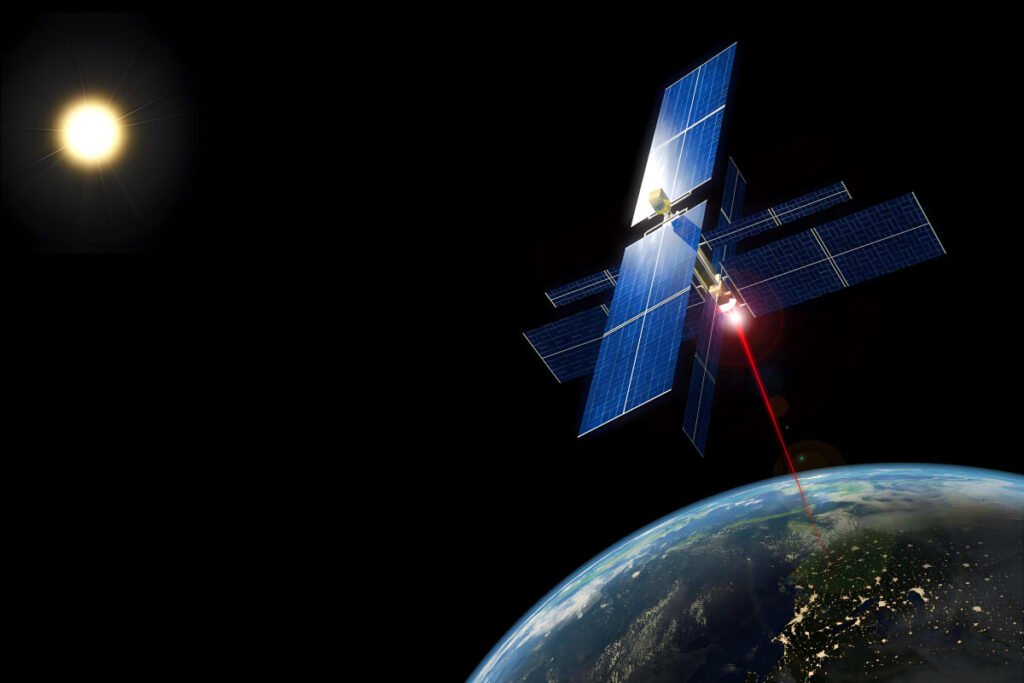
Maintenance and Durability
Ensuring the durability of solar power systems in space and addressing the difficulties of maintaining them are critical for long-term success.
- Lack of Repair Capabilities: The inability to easily repair or replace components in space is a significant challenge. Space missions are costly and complex, making frequent maintenance impractical. To overcome this, solar power systems are being designed for minimal maintenance and long operational life. This includes the use of self-healing materials that can autonomously repair minor damage and the development of robotic systems capable of performing basic maintenance tasks in space.
- Durable Materials: The durability of solar panels and associated equipment is crucial for the viability of space-based solar power. Materials must resist degradation from radiation, temperature extremes, and the vacuum of space. Innovations in advanced composites and coatings, such as those involving carbon-based materials like graphene, are being explored to enhance the strength, flexibility, and radiation resistance of solar panels. These advancements aim to create solar panels that can remain operational for decades, reducing the need for maintenance and replacement.
The Future of Solar Power in Space
Space-Based Solar Power Stations (SBSP)
Space-Based Solar Power Stations (SBSP) represent one of the most ambitious and promising concepts in the future of solar energy. These stations would be placed in orbit around Earth, equipped with vast arrays of solar panels designed to capture sunlight at an intensity far greater than what is possible on the ground. The energy generated would then be converted into microwaves or laser beams and transmitted back to Earth, where it would be captured by ground-based receivers and converted into electricity for use in the power grid.
The potential benefits of SBSP are immense. They could provide a constant and renewable source of energy, unaffected by weather, seasonal changes, or the day-night cycle. This continuous energy supply could help reduce our dependence on fossil fuels, contributing significantly to the fight against climate change. Қосымша, SBSP could be deployed in areas where access to renewable energy sources is limited, helping to address energy shortages in remote or underserved regions.
Дегенмен, several challenges must be overcome before SBSP can become a reality. These include the high cost of launching and maintaining such large structures in space, the technical difficulties of transmitting energy over vast distances, and the need to ensure the safety and efficiency of the transmission process. Continued research and development in these areas will be crucial to making SBSP a viable solution for the future.
Integration with Earth’s Energy Grid
For space-based solar power to become a practical energy source, it must be effectively integrated with Earth’s existing energy grid. This involves not only the transmission of energy from space to Earth but also the management and distribution of that energy once it reaches the ground.
The primary method of transmitting energy from space is through wireless power transmission, either via microwaves or lasers. Once the energy reaches a ground-based receiver, it must be converted back into electricity and fed into the grid by AC electric cables. This process requires advanced technologies to ensure minimal energy loss and to manage the timing and distribution of the power.
Integration with the grid also means ensuring that the energy generated in space is compatible with Earth’s energy demand patterns. Unlike traditional solar power, which is subject to daily and seasonal fluctuations, space-based solar power can provide a steady supply of energy. This could help balance the grid and provide a reliable backup during periods of high demand or when other renewable sources, like wind or terrestrial solar, are not producing at full capacity.
Advancements in Space Technology
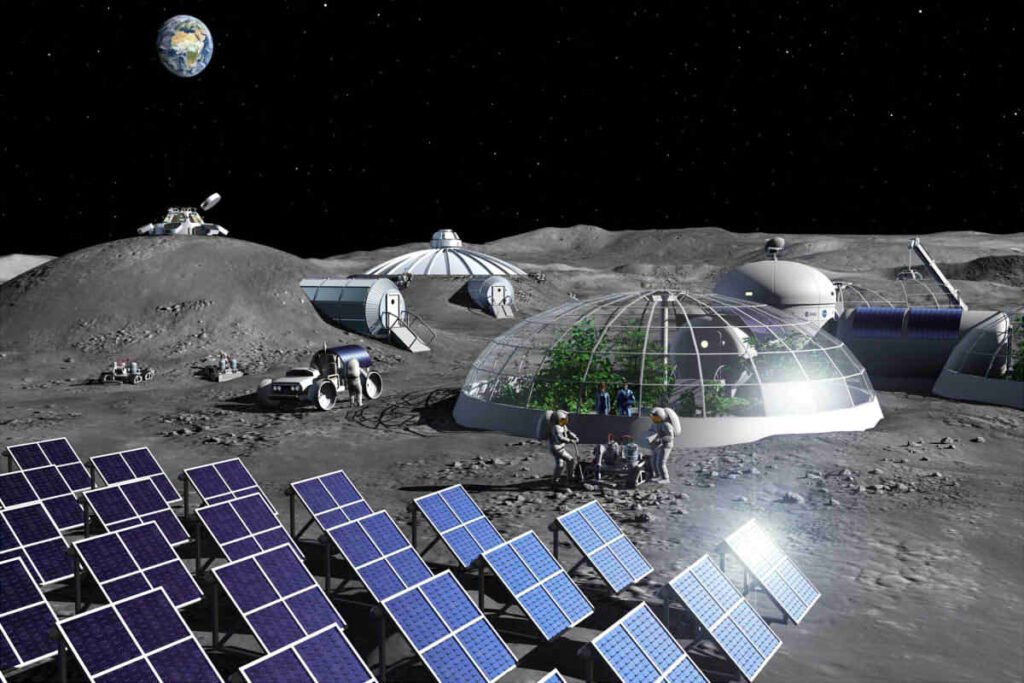
The future of solar power in space is closely tied to advancements in space technology. As space travel becomes more feasible and cost-effective, the deployment of large-scale solar power stations in orbit will become more attainable.
Innovations in rocket technology, such as reusable rockets and more efficient propulsion systems, are reducing the cost of launching payloads into space. This makes it more economically viable to deploy and maintain space-based solar installations. Қосымша, advancements in robotics and automation will allow for the construction and maintenance of solar arrays in space with minimal human intervention, further reducing costs and improving reliability.
Moreover, developments in materials science and nanotechnology are leading to the creation of lighter, more efficient, and more durable solar panels. These panels can withstand the harsh conditions of space while maximizing energy capture and conversion efficiency. As these technologies continue to evolve, the feasibility of space-based solar power will increase, bringing us closer to a future where solar energy harvested in space plays a significant role in meeting global energy needs.
Potential Role in Addressing Energy Crises
Space-based solar power has the potential to play a transformative role in addressing global energy crises. As the world’s population grows and energy demands increase, traditional energy sources are becoming increasingly strained. Fossil fuels are finite and contribute to environmental degradation, while terrestrial renewable energy sources are often limited by geographic and environmental factors.
By providing a constant and virtually limitless source of clean energy, space-based solar power could help meet the world’s energy needs in a sustainable way. This could be particularly impactful in regions that currently lack reliable access to electricity, helping to bridge the energy gap and improve quality of life for millions of people.
In the long term, space-based solar power could also contribute to energy security by reducing dependence on fossil fuels and diversifying the global energy mix. By harnessing the power of the sun from space, humanity could unlock a new frontier in renewable energy, paving the way for a more sustainable and equitable future.
Conclusion: Would Solar Power in Space Be More Effective?
The question of whether solar power in space would be more effective than on Earth is a compelling one, and the answer largely depends on how we define “effectiveness.”
From a purely technical perspective, solar power in space holds significant advantages. The absence of an atmosphere means that solar panels can capture much more sunlight, uninterrupted by weather, clouds, or the day-night cycle. This leads to a consistent and potentially much higher energy output compared to terrestrial solar panels. Moreover, the ability to build large-scale solar farms in space, free from the constraints of land use, opens up possibilities for generating vast amounts of energy.
Дегенмен, effectiveness also includes considerations of feasibility, cost, and sustainability. Currently, the challenges associated with space-based solar power—such as the high cost of deployment, the complexity of energy transmission to Earth, and the durability of materials in harsh space environments—are significant hurdles. These challenges must be addressed through continued innovation and technological advancements before space-based solar power can become a practical and cost-effective solution.
In the long term, as technology advances and costs decrease, space-based solar power could indeed become a more effective means of harnessing solar energy. It has the potential to provide a continuous and abundant source of clean energy, contributing to global energy security and sustainability. While we may still be years away from fully realizing this potential, the pursuit of solar power in space represents an exciting frontier in the quest for renewable energy solutions.

